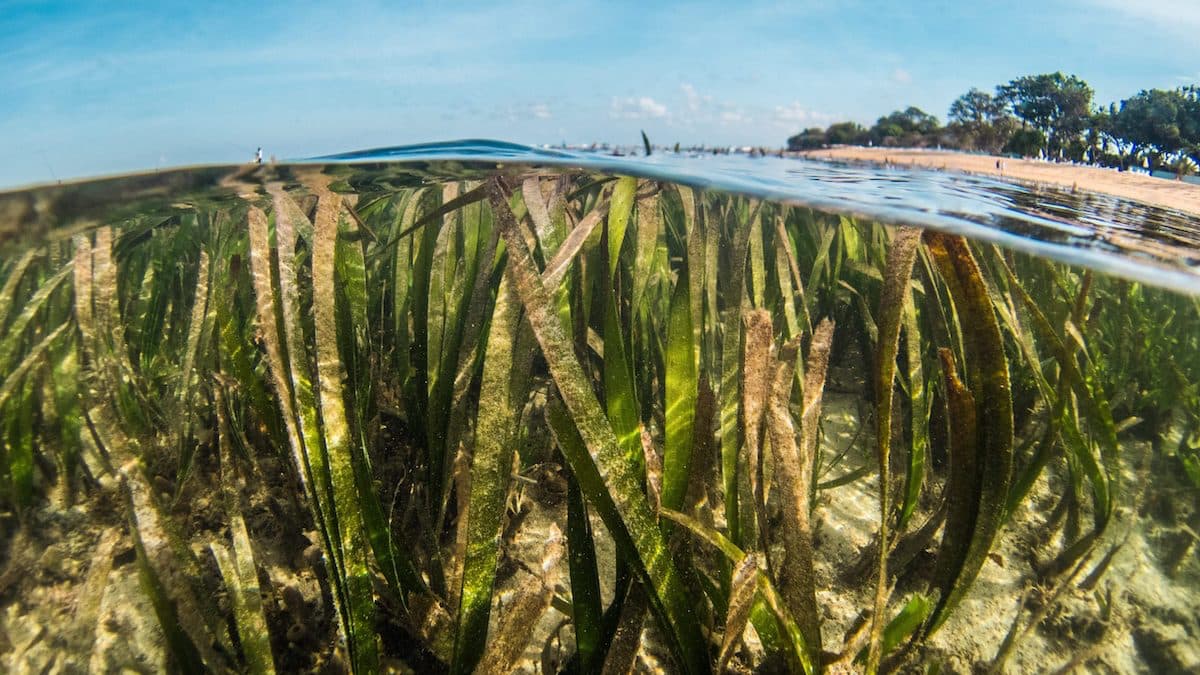
As water temperatures begin to rise throughout the spring and into the summer, aquatic plants will begin to grow. Aquatic plants are very beneficial to your pond’s inhabitants. However, too much growth can be an issue and some non-native plants can become a serious headache if they find their way into your pond. Understanding the types of plants growing in your pond can be helpful in deciding if and how to manage them. Let’s look at the three main categories of aquatic plants: submerged, emergent, and free floating.
Submerged Aquatic Plants
Submerged plants are rooted in the pond bottom and grow up through the water column. They are usually found in water less than 10 feet deep, but some species can grow at depths of up to 20 feet. Juvenile fish such as young bluegill and smaller fish species like minnows use stands of submerged plants to hide from predators. Additionally, submerged plants can help add dissolved oxygen to the water. This is essential to maintain a healthy pond.
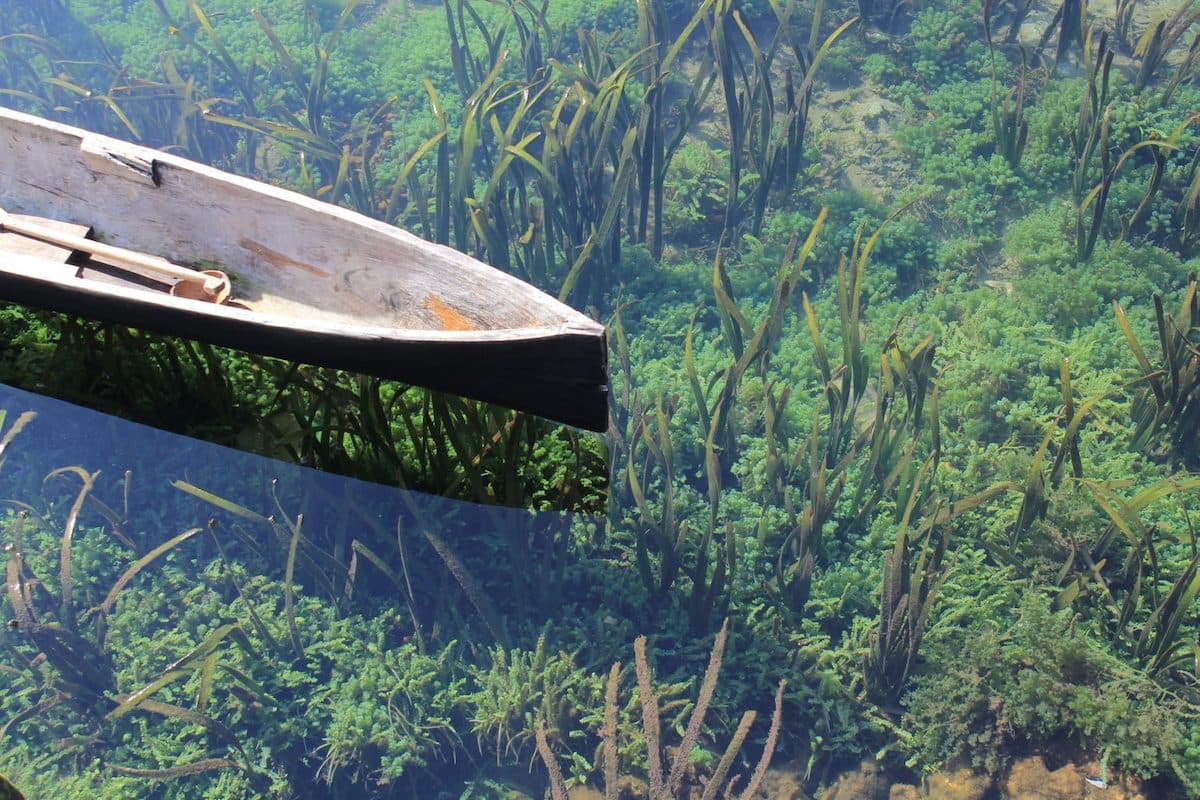
While some submerged plant growth is a good thing, if the growth becomes too dense it can cause many problems. Fish may avoid the area and water flow will become restricted. Furthermore, dissolved oxygen levels drop, resulting in anoxic conditions. Common submerged plants in the United States include eelgrass, elodea, and American pondweed. Non-native species include hydrilla and parrotfeather milfoil. These non-native plants grow very rapidly and can completely fill a pond from top to bottom if not managed.
Emergent Aquatic Plants
Similar to submerged plants, emergent plants are rooted in the pond bottom. However, these species extend above the surface of the water. This category consists of both floating emergent and erect emergent plants. Floating emergent plants are aquatic weeds that float on the water’s surface and are rooted in the bottom sediment. Erect emergent plants grow straight through the water column, extending straight out of the water. These plants are often found in wetlands and along the shoreline. They typically grow in water up to 4 or 5 feet deep.
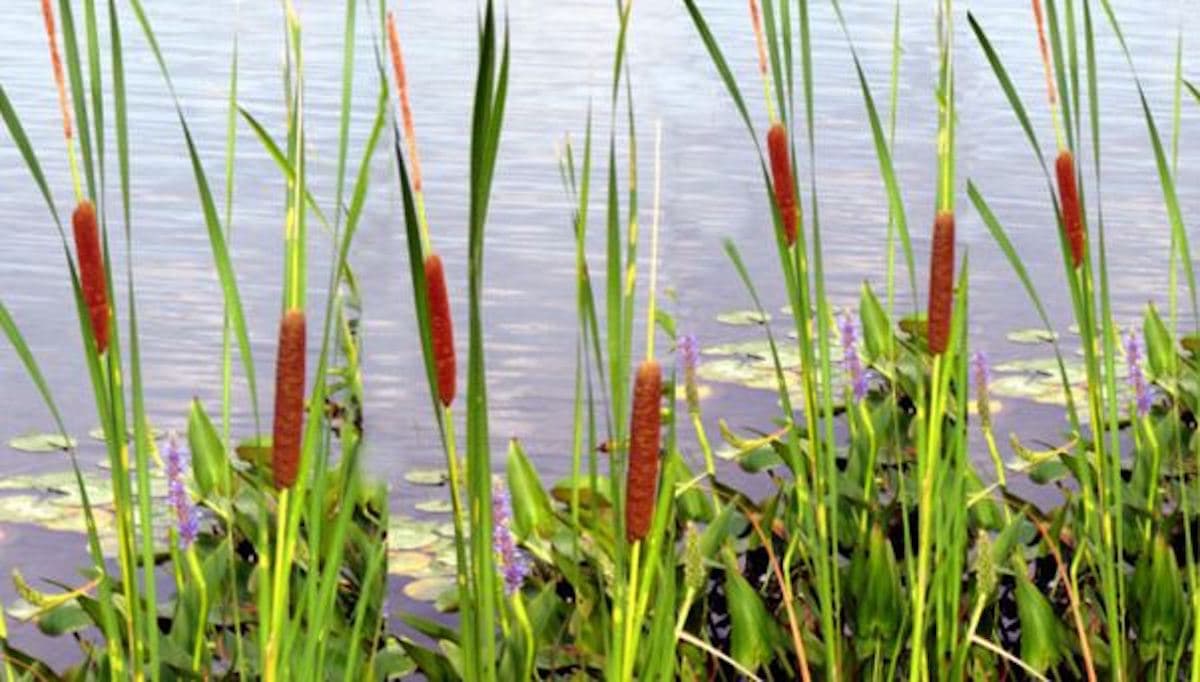
Bulrushes and cattails are common erect emergent aquatic plants, while water lilies are common floating emergent plants. Many emergent plants flower and can be a nice addition to your pond. However, too many could cause problems with accessing your pond by foot or by boat.
Free Floating Aquatic Plants
Free floating plants are usually found in areas with little to no water movement. These plants live on the water’s surface and are not rooted in the soil. Duckweed and watermeal are common free-floating species, while water hyacinth and giant salvinia are fast growing non-natives. These plants are a good habitat for insects which provide food for the fish in your pond. However, this is also habitat for unwanted pests like mosquitoes.
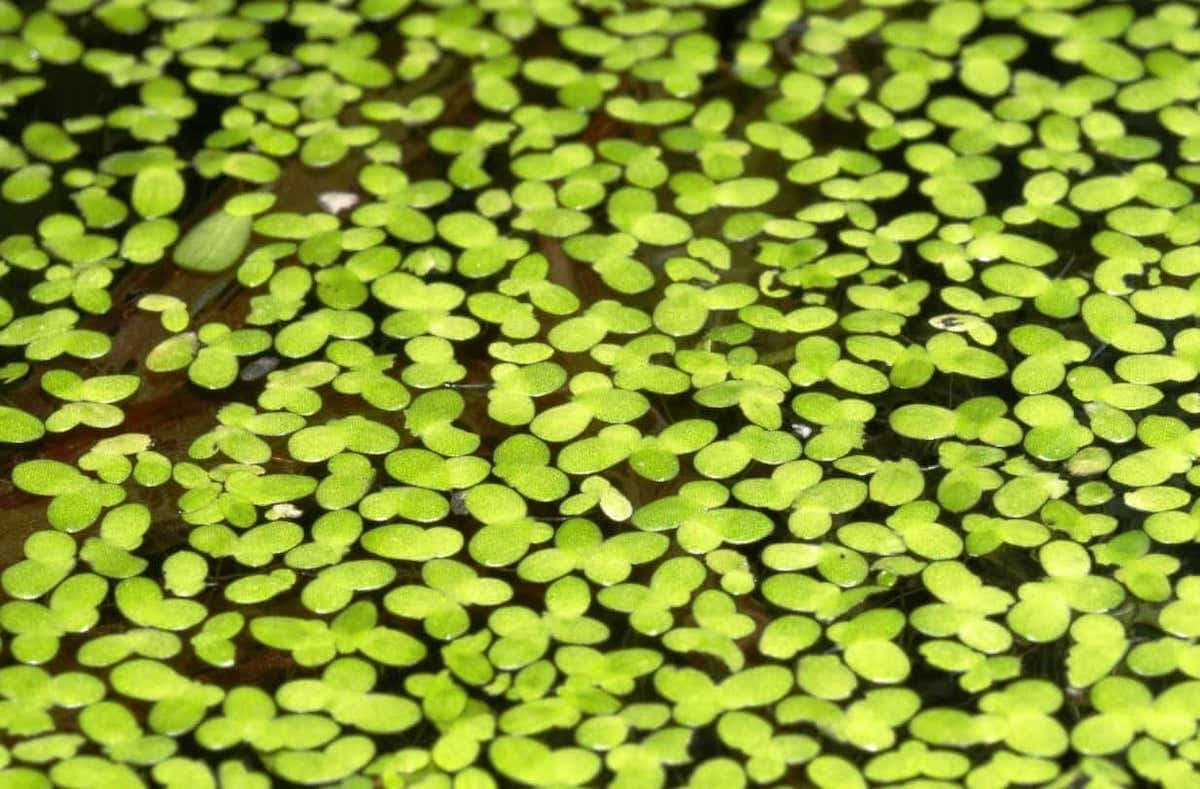
Since these plants are not rooted in the soil, it is possible to control them simply by moving water. Kasco offers a variety of options for water movement, including aeration systems and AquatiClear circulators.
Overall, aquatic vegetation is an important part of you pond that can add aesthetic value and help maintain your pond’s ecosystem. Although, management may be necessary. Overgrowth of native species or the presence of non-natives can reduce fish habitat, lead to anoxic conditions, and limit pond accessibility.
Please email us or call 715-262-4488 if you have any questions.
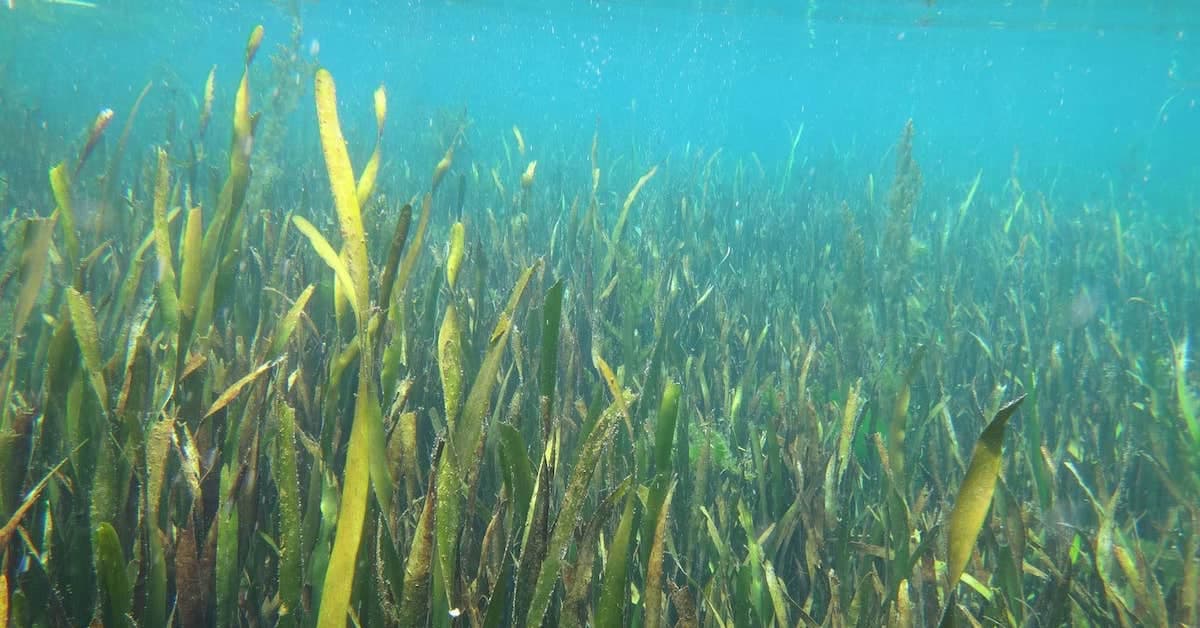 Common Submerged Aquatic Plants
Common Submerged Aquatic Plants
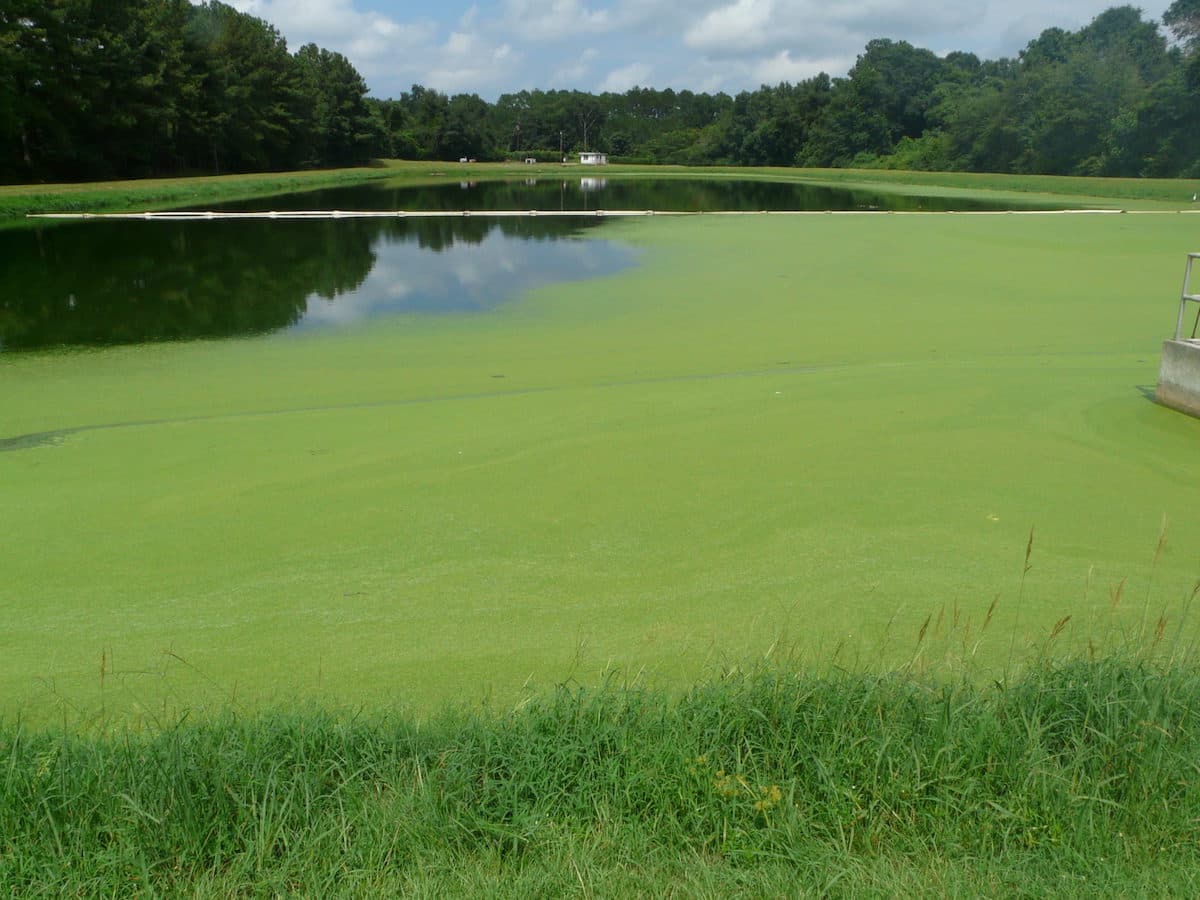 Common Floating Plant Identification
Common Floating Plant Identification
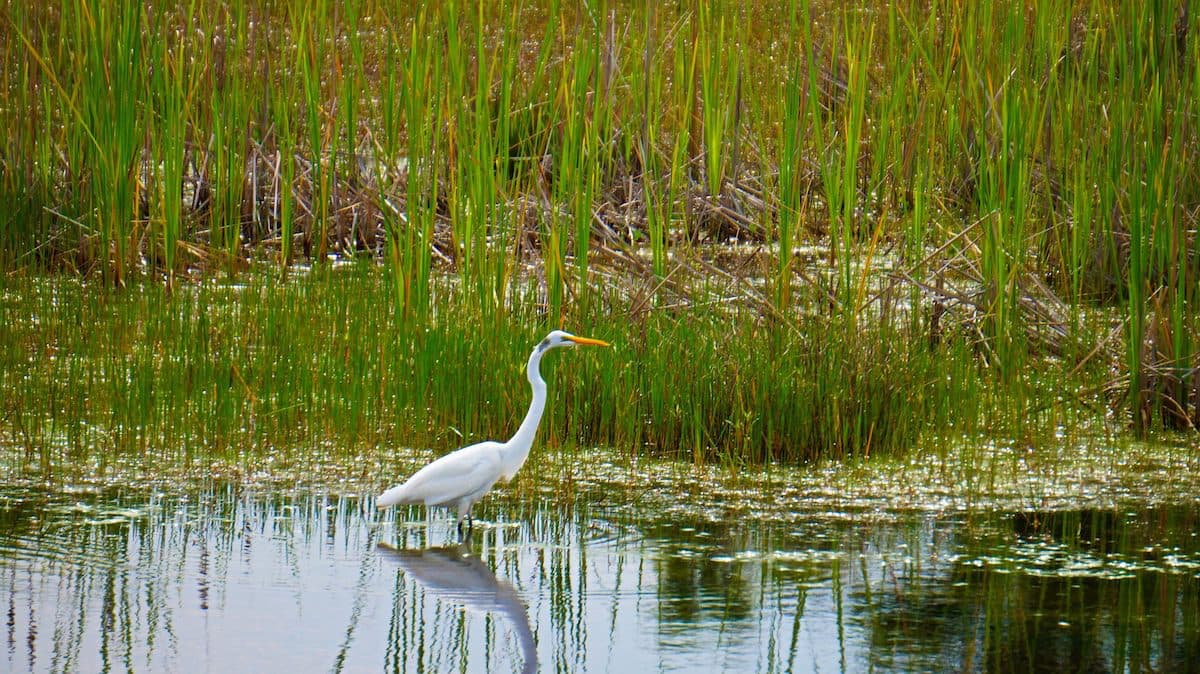 Common Emergent Aquatic Plants
Common Emergent Aquatic Plants